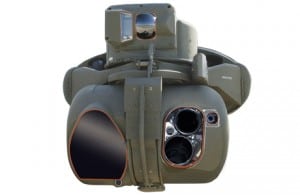
Lockheed Martin [LMT] May 5 said it received an $80.6 million production contract for the Modernized Target Acquisition Designation Sight/Pilot Night Vision Sensor (MTADS/PNVS) for the AH-64 Apache helicopter for the U.S. Army and the Indonesian Army. The Lot 9 contract includes production of eight targeting and pilotage systems and spares for the U.S. Army and nine systems for the Indonesian Army. The program is “going strong,” said Matt Hoffman, M-TADS/PNVS program director at Lockheed Martin Missiles and Fire Control, during…













